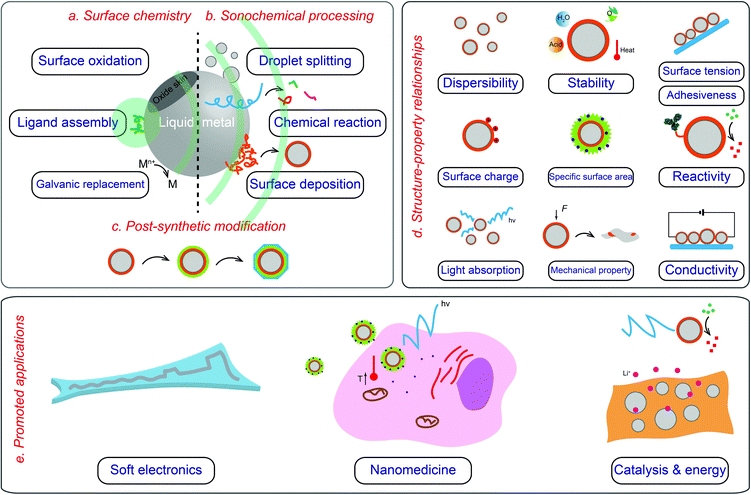

The porous carbon scaffold can be a particulate porous carbon.Ī key outcome in this regard is to achieve the desired form of silicon in the desired form, namely amorphous nano-sized silicon. Chemical vapor infiltration (CVI) of silicon into the pores of porous scaffold materials is accomplished by exposing said porous scaffold to silicon-containing gas (e.g., silane) at elevated temperatures. Precursors for the silicon include, but are not limited to, silicon containing gases such as silane, high-order silanes (such as di-, tri-, and/or tetrasilane), and/or chlorosilane(s) (such as mono-, di-, tri-, and tetrachlorosilane) and mixtures thereof. Suitable compositing materials include, but are not limited to, silicon materials.


Suitable precursors for the carbon scaffold include, but are not limited to, sugars and polyols, organic acids, phenolic compounds, cross-linkers, and amine compounds. Suitable porous scaffolds include, but are not limited to, porous carbon scaffolds, for example carbon having a pore volume comprising micropores (less than 2 nm), mesopores (2 to 50 nm), and/or macropores (greater than 50 nm). Said silicon-carbon composites are produced via chemical infiltration chemical vapor infiltration to impregnate amorphous, nano-sized silicon within the pores of a porous scaffold. Embodiments of the present invention generally relate to methods of manufacturing silicon-carbon composite materials with properties that overcome the challenges for providing amorphous nano-sized silicon entrained within porous carbon.


 0 kommentar(er)
0 kommentar(er)
